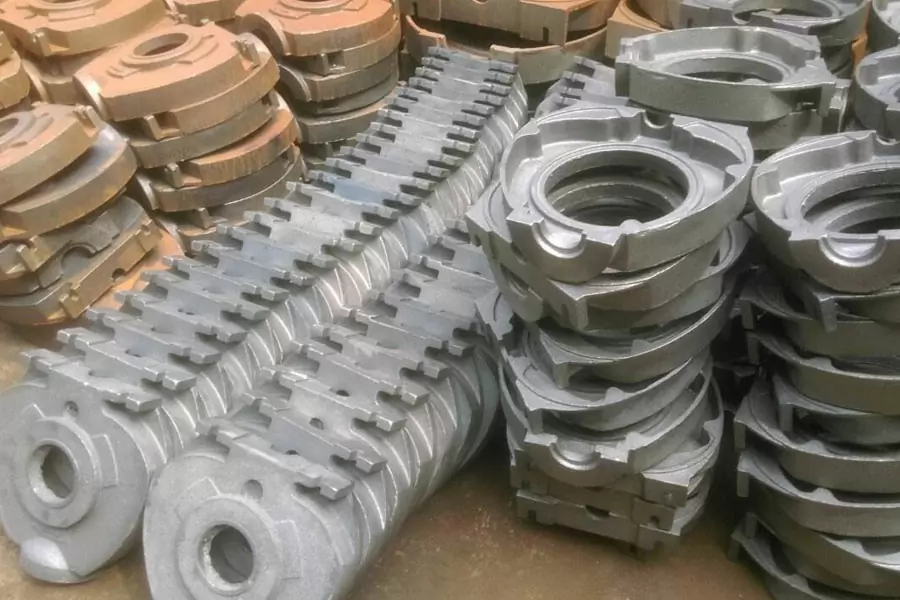
Improving sand casting services through the implementation of automation and AI involves several key steps and considerations. Here’s an overview of how automation and AI can enhance sand casting processes:
1. Automation in Sand Casting Services
Robotic Handling and Processing:
- Mold Handling: Robotic arms can handle molds and cores, improving consistency and reducing the risk of damage.
- Pouring: Automated pouring systems ensure precise and consistent pouring of molten metal, reducing defects and improving safety.
- Shakeout: Automated shakeout systems can efficiently separate sand casting services from molds, increasing throughput.
Automated Inspection and Quality Control:
- Non-Destructive Testing (NDT): Automated NDT techniques, such as X-ray, ultrasonic, and magnetic particle inspection, can identify internal and surface defects.
- Dimensional Inspection: Automated systems using laser scanners and coordinate measuring machines (CMM) can ensure that cast parts meet dimensional specifications.
Process Monitoring and Control:
- Temperature Control: Automated systems can precisely control the temperature of the molten metal, ensuring optimal sand casting services conditions.
- Sand Mixing and Conditioning: Automated mixers ensure the sand is uniformly mixed and conditioned, improving mold quality.
2. AI in Sand Casting Services
Predictive Maintenance:
- Equipment Monitoring: AI algorithms can analyze data from sensors on sand casting services equipment to predict when maintenance is needed, reducing downtime and preventing unexpected failures.
Process Optimization:
- Parameter Optimization: AI can analyze historical data to identify optimal process parameters, such as temperature, pour rate, and cooling time, reducing defects and improving yield.
- Defect Prediction: Machine learning models can predict the likelihood of defects based on process variables, allowing for real-time adjustments.
Supply Chain Management:
- Inventory Management: AI can optimize inventory levels of raw materials, ensuring that sand casting services operations are not interrupted by material shortages.
- Logistics Optimization: AI can improve the scheduling and routing of shipments, reducing lead times and transportation costs.
Quality Improvement:
- Pattern Recognition: AI can analyze images of cast parts to identify surface defects, such as cracks or porosity, with higher accuracy and speed than human inspectors.
- Data-Driven Decision Making: AI can integrate data from various sources (e.g., sensors, historical records) to provide actionable insights for improving sand casting services quality and consistency.
Implementation Strategy
Step-by-Step Approach:
- Assessment and Planning: Conduct a thorough assessment of current sand casting services to identify areas where automation and AI can add value. Develop a detailed implementation plan with clear objectives and timelines.
- Pilot Projects: Start with pilot projects to test automation and AI technologies on a small scale. This allows for fine-tuning and demonstrating benefits before full-scale deployment.
- Integration: Integrate successful pilot projects into the broader sand casting services operation. Ensure that systems are interoperable and that data flows seamlessly between different stages of the process.
- Training: Provide training for employees to effectively use and maintain new technologies. This includes training on operating automated equipment and interpreting AI-driven insights.
- Continuous Improvement: Continuously monitor and evaluate the performance of automation and AI systems. Use data and feedback to make ongoing improvements and adjustments.
By strategically implementing automation and AI, sand casting services can achieve higher efficiency, improved quality, and greater competitiveness in the market.
